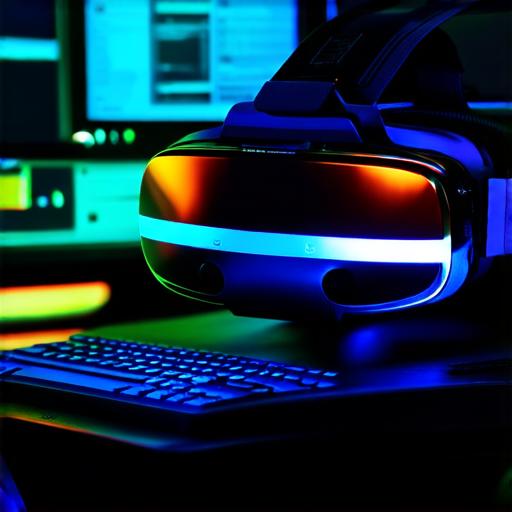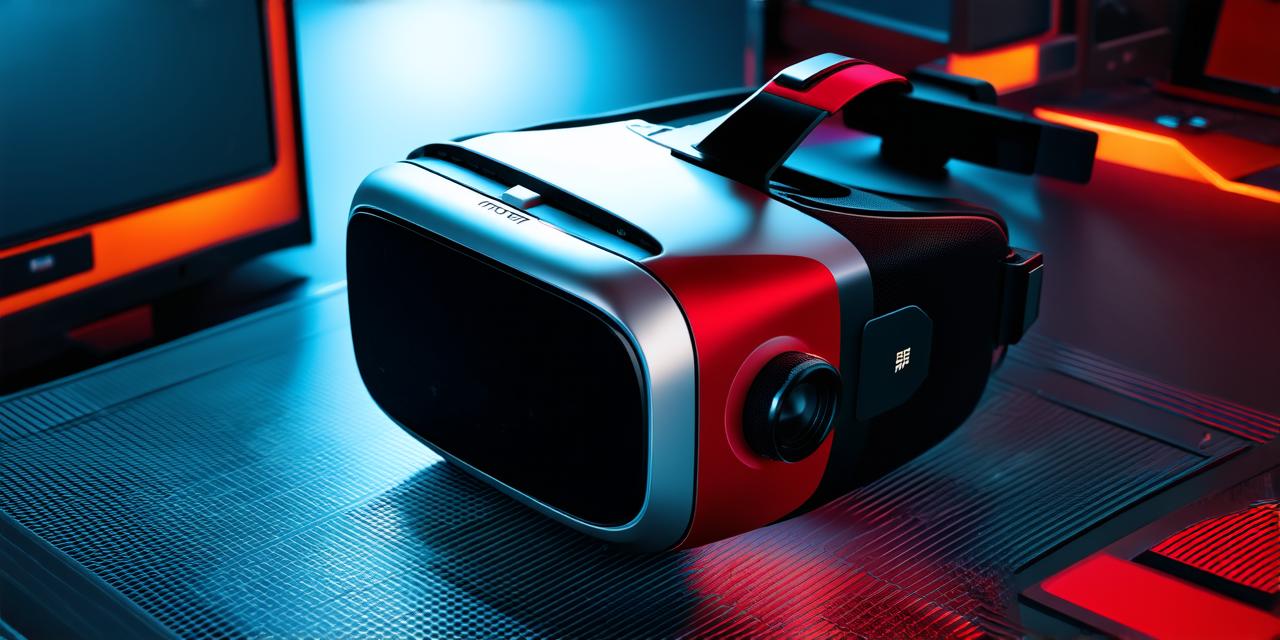The Early Days: The 1960s and Beyond
The concept of VR can be traced back to the 1960s when researchers at MIT first started experimenting with immersive environments. One of the pioneers in this field was Ivan Sutherland, who created the first VR headset called “Sword of Damocles” in 1968. This device used a projector to display a stereoscopic image and a metal pole mounted above the user’s head to track their movements.
Another early pioneer was Jaron Lanier, who coined the term “virtual reality” in 1983 while working at the Xerox Palo Alto Research Center. He envisioned a world where people could interact with each other and their environment in new and exciting ways.
The Birth of Modern VR: The 1990s and Early 2000s
In the early 1990s, advancements in computer graphics and processing power paved the way for the development of more advanced VR systems. One such system was developed by the University of Illinois at Urbana-Champaign in 1994. Known as the “Cyberspace Navigator,” this system used a head-mounted display to create an immersive environment that could be controlled using handheld controllers.
Around the same time, Silicon Graphics Inc. (SGI) developed a VR system called “Stadium,” which was used in the development of the popular video game, “Doom.” This system used a headset and gloves to track user movement and provide a more immersive gaming experience.
In 2000, the first consumer-ready VR system, the Nokia N-Gage, was released. This device combined VR with mobile technology, allowing users to play games in an immersive environment while on the go. However, the N-Gage was a commercial failure and marked a setback for consumer VR.
The Renaissance: The 2010s and Beyond
In the early 2010s, advancements in mobile technology and the widespread adoption of smartphones paved the way for a resurgence in VR development. In 2013, Oculus VR launched its flagship product, the Oculus Rift, which quickly gained popularity among early adopters. The device used a headset and handheld controllers to track user movement and provide a highly immersive experience.
Around the same time, Samsung introduced its own VR system, the Gear VR, which was designed specifically for mobile devices. This system allowed users to experience VR content on their smartphones and tablets while on the go.
In 2016, Google launched its flagship VR product, the Google Daydream View, which used a headset and handheld controllers to provide a highly immersive experience. The device was designed specifically for mobile devices and quickly gained popularity among early adopters.
The Future of VR: Advancements in Technology and Applications

Today, virtual reality technology has come a long way since its inception, with advancements in computer graphics, processing power, and display technology providing a highly immersive experience for users. VR is now being used in various industries, including healthcare, education, entertainment, and more.
In healthcare, VR is being used to provide immersive therapy experiences for patients suffering from conditions such as PTSD, phobias, and anxiety disorders. For example, VR therapy can simulate real-life scenarios that trigger these conditions in a safe and controlled environment, allowing patients to confront their fears and learn coping mechanisms.
In education, VR is being used to provide students with immersive learning experiences that enhance understanding of complex concepts. For example, VR simulations can be used to teach anatomy by allowing students to explore the human body in a three-dimensional environment.
In entertainment, VR is transforming the way we experience video games and movies. With VR headsets, users can enter new worlds and interact with characters in ways that were previously impossible. For example, VR gaming platforms such as Oculus Quest allow users to play games with friends or join multiplayer matches from anywhere in the world.
Summary
In conclusion, virtual reality technology has come a long way since its inception and has found its place in various industries. From gaming to healthcare, education, and beyond, VR is transforming the way we interact with and experience the world around us.
